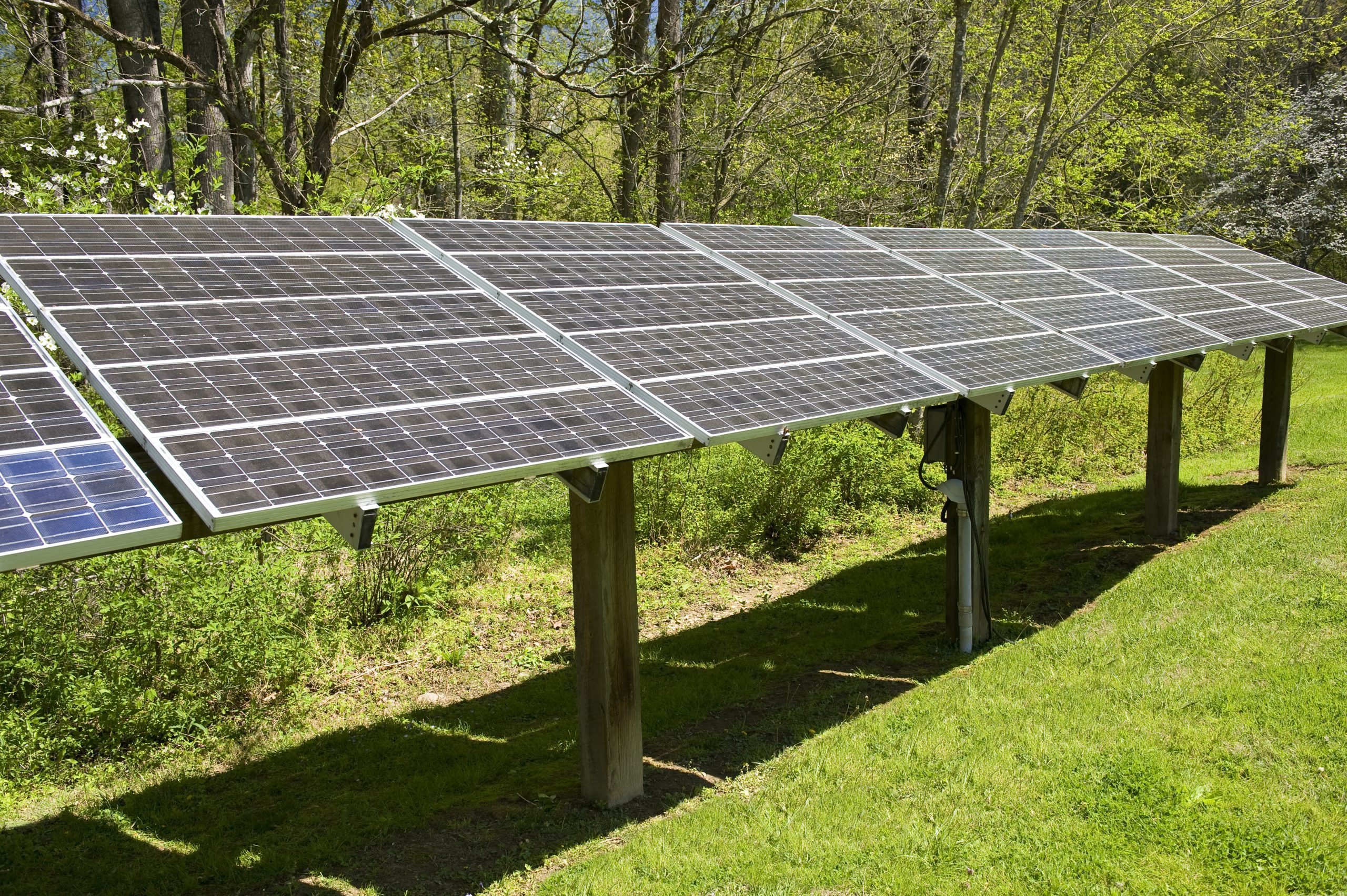Solar power is one of the most popular forms of renewable energy, and it’s easy to see why. With solar panels becoming more affordable and efficient than ever before, many homeowners are turning to this eco-friendly option as a way to reduce their carbon footprint while also saving money on their electricity bills. However, there are still some misconceptions about how solar panels impact the environment. In this blog post, we’ll explore the truth about solar panels and their environmental impact.
Introduction to Solar Power and Its Environmental Impact
One of the biggest advantages of solar power is that it produces no greenhouse gas emissions or air pollution. Unlike traditional fossil fuels like coal and natural gas, which release large amounts of carbon dioxide into the atmosphere when burned, solar panels generate clean energy from sunlight. This means that they don’t contribute to climate change or smog formation, making them an excellent choice for those who want to reduce their carbon footprint.
Another advantage of solar power is that it requires very little water compared to other types of energy generation. For example, conventional power plants use huge amounts of water for cooling purposes, which can have a significant impact on local aquatic ecosystems. Solar panels, on the other hand, require virtually no water at all, making them much more sustainable in terms of water usage.
The Cost of Solar Panels vs Traditional Energy Sources
While the initial cost of installing solar panels may be higher than traditional energy sources such as oil or gas, the long-term savings make it well worth the investment. Not only do solar panels save you money on your monthly electricity bill, but they also increase the value of your property if you decide to sell. Additionally, with government tax credits and rebates available in many areas, the upfront costs of going solar can be significantly reduced.
Choosing the Best Solar Power Generator for Your Needs
When choosing a solar panel system, there are several factors to consider. First, determine what size system you need based on your energy consumption patterns. A professional installer can help you calculate this by analyzing your past energy usage and considering future growth projections. You will also need to choose between monocrystalline, polycrystalline, or thin film solar cells depending on your budget and needs. Finally, consider whether you want a grid-connected or off-grid system, depending on where you live and how much independence you desire.
Installing Your Own Solar Panels: Is It Worth It?
Many people wonder if they should install their own solar panels instead of hiring a professional. While DIY installation can certainly save you money, it’s important to carefully weigh the pros and cons. Installing solar panels requires specialized knowledge and skills, so unless you have experience working with electrical systems, it may not be the best idea. Additionally, mistakes during installation can void warranties and cause safety hazards. If you’re unsure, consult with a licensed contractor who can provide guidance and recommendations.
Understanding Renewable Energy and Its Benefits
Renewable energy sources like solar power offer numerous benefits beyond just reducing our carbon footprint. They create jobs in industries related to manufacturing, installation, and maintenance of these technologies. Additionally, renewables provide greater energy security since they aren’t subject to price fluctuations in global markets like oil and gas. By transitioning to renewable energy sources, we can build a more resilient and sustainable future for ourselves and generations to come.

Recharging Your Solar Batteries: How Long Does it Take?
If you’ve decided to go off-grid with your solar panel system, you’ll need to consider battery storage options. Depending on your location and energy demands, you may need to recharge your batteries frequently. The good news is that modern lithium-ion batteries can be charged quickly and efficiently, usually within a few hours. However, if you’re using older lead-acid batteries, charging times may take longer, typically around 8-12 hours. Be sure to factor in charge time when designing your solar panel system to ensure you have enough energy stored for your daily needs.
In conclusion, solar power offers numerous benefits to both individuals and society as a whole. From reducing our carbon footprint to creating new job opportunities, renewable energy sources like solar power represent a bright future for us all.
Leave a Reply